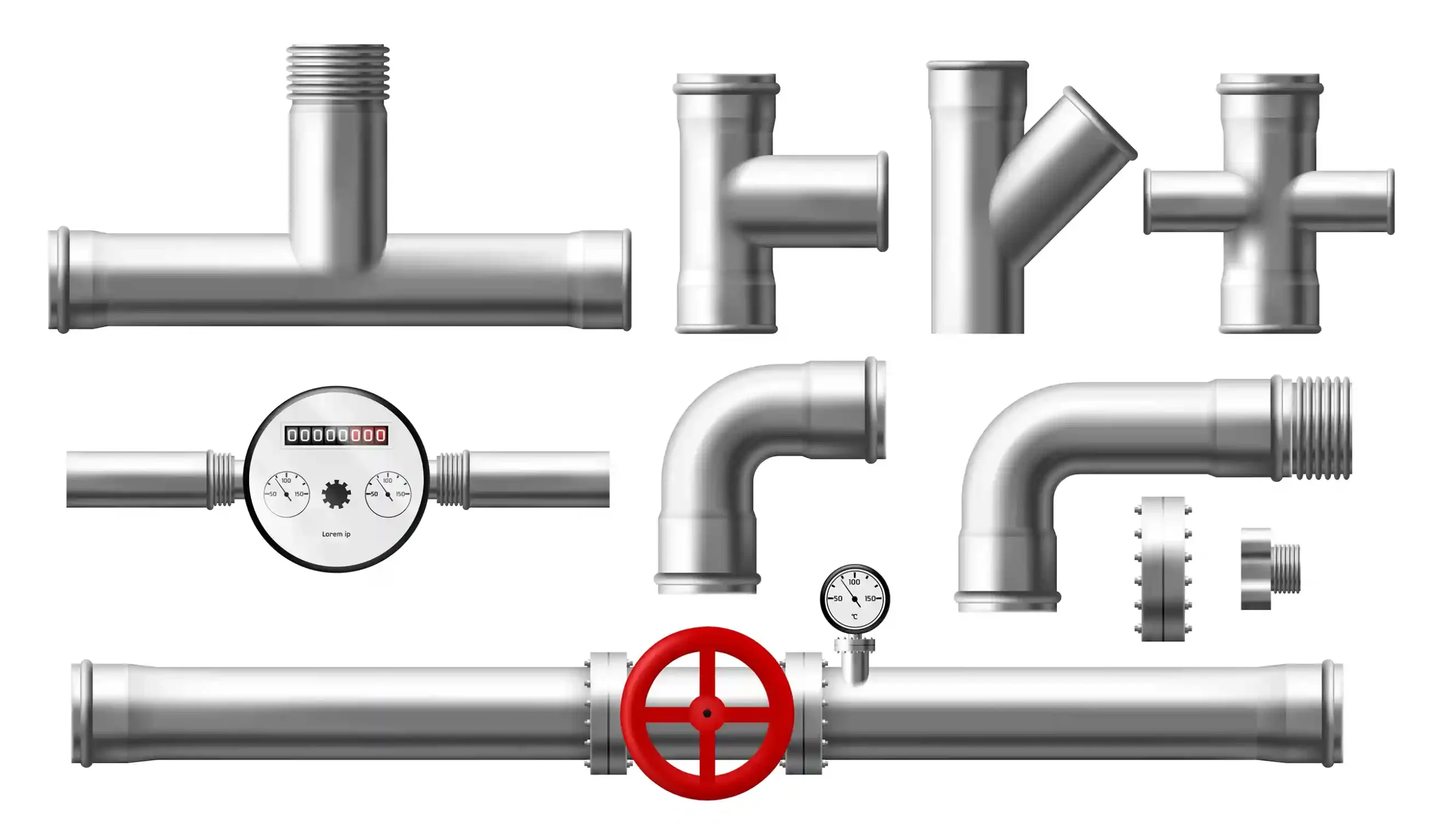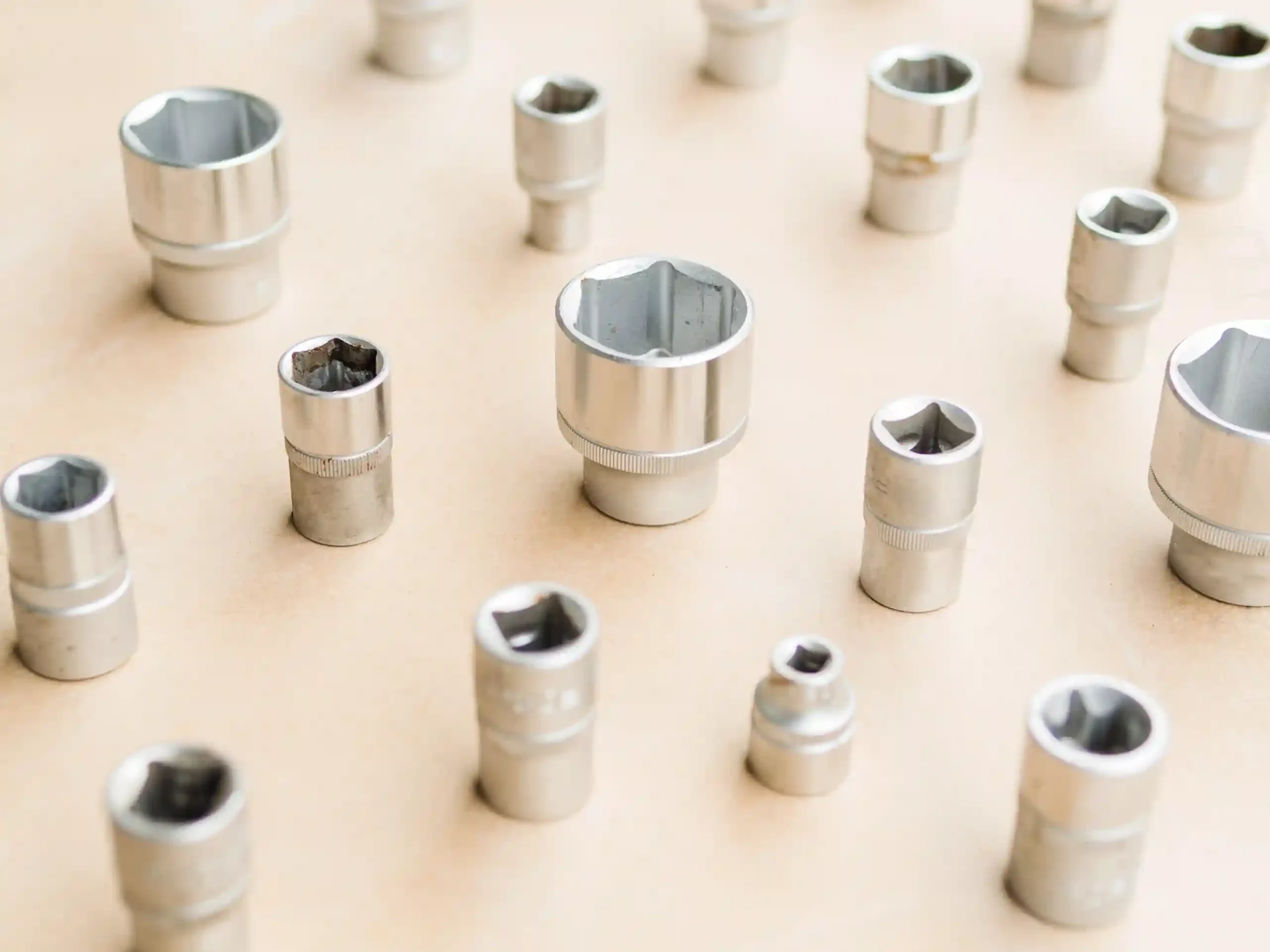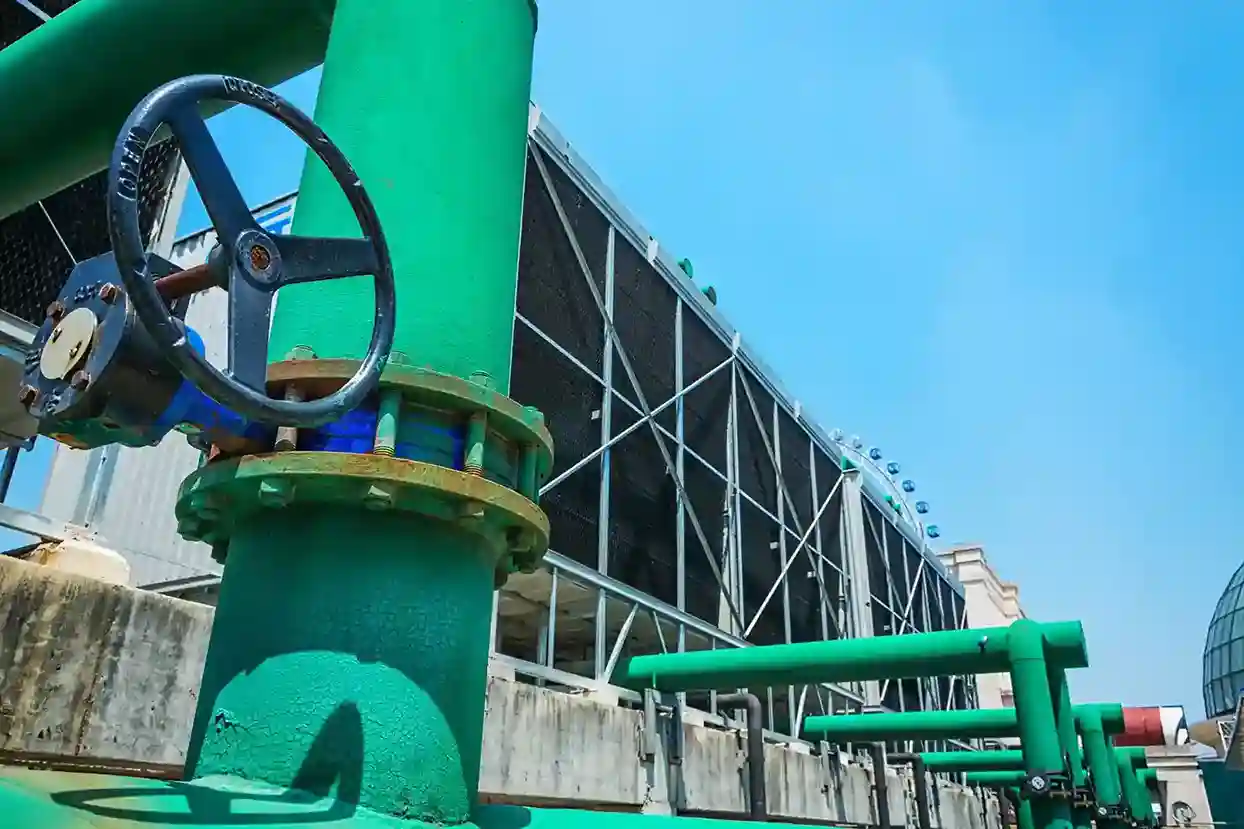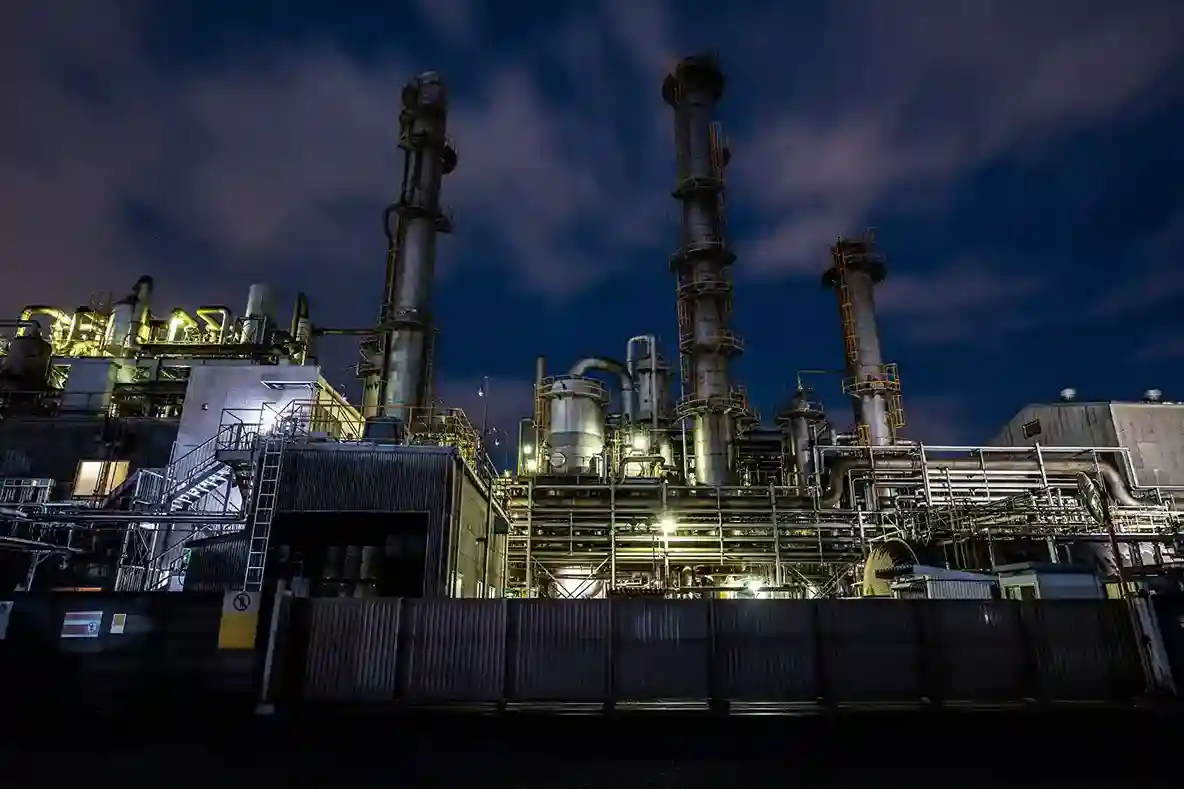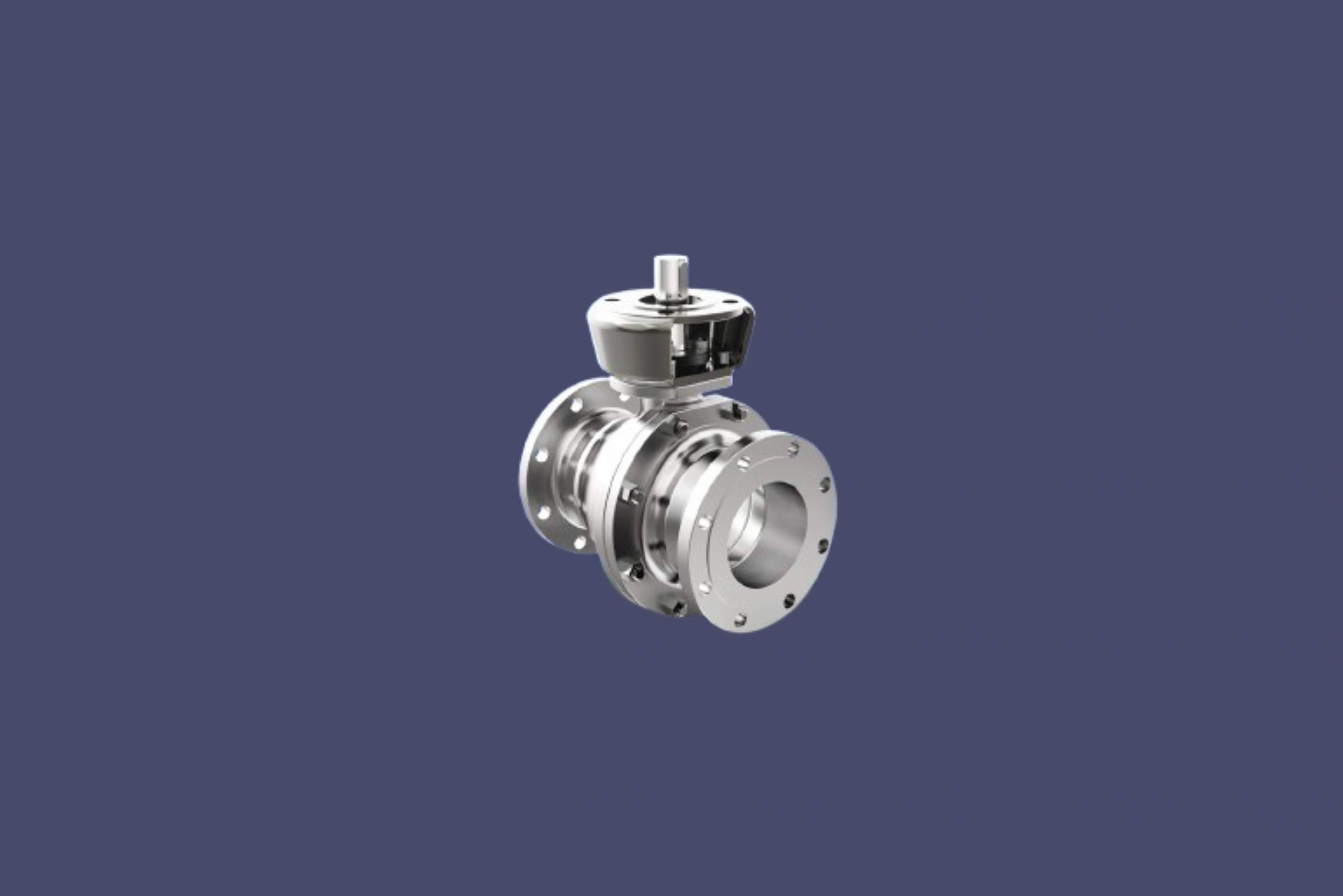Pipe and Valve Corrosion: Best Protection Methods for Saudi Climate
In Saudi Arabia’s demanding industrial environments, pipes and valves form the backbone of essential systems across oil and gas, desalination, petrochemicals, and infrastructure projects. However, one persistent threat compromises performance and reliability across all sectors: corrosion. The region’s harsh climate—characterized by high temperatures, humidity, and saline exposure—intensifies the corrosion process, leading to equipment failure, production downtime, and costly repairs.
Understanding how corrosion affects pipe and valve systems and implementing the right protection strategies is essential for long-term efficiency. As a trusted pipes supplier in Saudi Arabia, NWH provides both the expertise and materials needed to combat corrosion in challenging operational settings.
What Causes Corrosion in Saudi Arabia?
A metal and its surroundings can naturally react chemically or electrochemically to cause corrosion, which deteriorates the metal. Several things speed up this process in Saudi Arabia:
- Saline Atmosphere: Coastal cities like Dammam, Jubail, and Yanbu are exposed to salt-laden air, which accelerates rust formation.
- Extreme Temperatures: High daytime temperatures followed by rapid nighttime cooling creates thermal stress on pipe systems.
- Humidity and Condensation: Fluctuating humidity levels cause condensation inside piping, contributing to internal corrosion.
- Chemical Exposure: Industrial processes involving corrosive chemicals, acids, or wastewater elevate corrosion risk.
For industries operating in such environments, the cost of corrosion can be severe—ranging from minor leaks to catastrophic pipeline failures.
Common Types of Corrosion in Pipes and Valves
Several types of corrosion can affect piping systems and valves in Saudi Arabia:
- Uniform Corrosion: Affects the entire surface area evenly; often seen in poorly coated or unprotected metals.
- Pitting Corrosion: Localized corrosion that creates small holes; common in stainless steel exposed to chlorides.
- Crevice Corrosion: Occurs in confined spaces such as flanges, gaskets, or under bolts.
- Galvanic Corrosion: Happens when dissimilar metals are joined and exposed to an electrolyte (e.g., seawater).
- Erosion-Corrosion: Accelerated corrosion caused by high flow rates that wear away protective layers.
Protection Methods for Pipes and Valves in Harsh Climates
To extend the service life of critical infrastructure, NWH recommends a combination of preventive strategies, advanced materials, and proactive maintenance practices.
- Material Selection
Choosing the right materials from the outset is the first line of defense. For projects in coastal or chemically aggressive environments, the use of:
- Stainless Steel (316/316L)
- Duplex Stainless Steel
- Alloy Steel with anti-corrosive elements
These materials provide natural resistance to rust and chemical attack. NWH, as a trusted valves supplier, ensures that all valves are sourced with corrosion resistance in mind, tailored to site-specific requirements.
- Protective Coatings and Linings
To protect metal surfaces from the elements, coatings are necessary. Common solutions include:
- Fusion Bonded Epoxy (FBE): Widely used for water pipelines and gas lines.
- Galvanization: Adds a zinc coating that corrodes in place of the steel.
- Polyethylene or Bituminous Coatings: Ideal for underground or submerged pipes.
- Internal Linings: Cement or epoxy linings protect pipes from chemical erosion and microbial attack.
Coated pipes and valves require periodic inspection to ensure the integrity of the protective layer over time.
- Cathodic Protection
For underground or submerged pipelines, cathodic protection systems neutralize corrosive reactions. Two main types:
- Sacrificial Anode Systems: Use a more reactive metal like magnesium or zinc.
- Impressed Current Systems: Apply controlled electrical current to counteract corrosion.
This method is especially important in oil and gas pipelines and water treatment plants.
- Environmental Control and Insulation
Reducing moisture accumulation around critical piping systems helps prevent corrosion:
- Use thermal insulation to prevent condensation.
- Install dehumidifiers in closed environments.
- Ensure proper ventilation in storage or operational enclosures.
- Regular Inspection and Monitoring
Even the best protection methods require follow-up. Implementing an inspection and maintenance schedule allows for early detection of corrosion.
Recommended practices include:
- Ultrasonic Thickness Gauging
- Visual Inspection
- Coating Integrity Tests
- Flow Rate Monitoring for erosion-corrosion
Prior to failure, routine valve examinations also assist in spotting indications of wear, seal deterioration, or internal corrosion.
How NWH Supports Corrosion-Resistant Pipe and Valve Procurement
At NWH Saudi Arabia, we understand the unique corrosion challenges businesses face across sectors like petrochemicals, desalination, power generation, and infrastructure. Our value lies not only in the quality of our products but also in our consultative approach to supply.
What Sets NWH Apart:
- Inventory of corrosion-resistant materials (stainless steel, duplex, galvanized pipes)
- High-performance coated valves and pipe accessories
- Expertise in selecting materials for high-risk zones
- Customized solutions for coastal and inland environments
- Adherence to civil project, SABIC, and Saudi Aramco criteria
From advising on the best protective coatings to delivering just-in-time inventory, NWH helps clients mitigate corrosion risks proactively.
Conclusion
Corrosion is an unavoidable challenge in Saudi Arabia’s industrial landscape, but it doesn’t have to be an uncontrollable one. By selecting the right materials, applying protective solutions, and working with experienced suppliers, businesses can extend the service life of their pipe and valve infrastructure.
Whether you’re managing a refinery, constructing a desalination plant, or upgrading utility systems, NWH Saudi Arabia delivers the insight and inventory you need to prevent corrosion-related failures.

